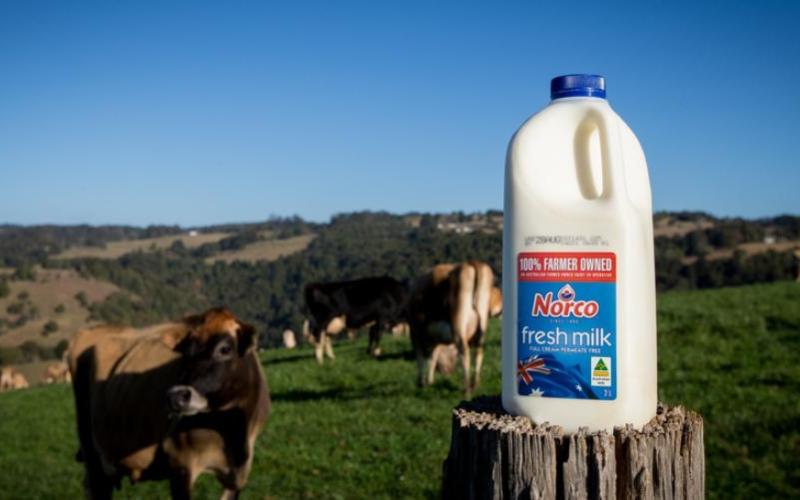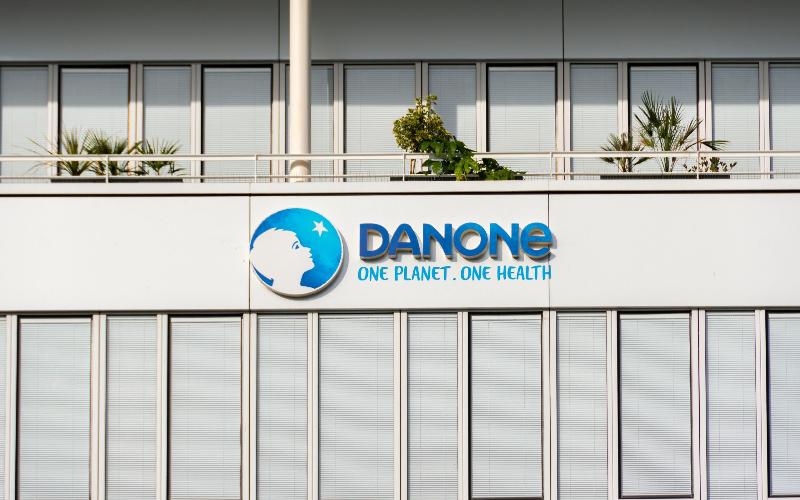China: Dairy Imports Decline Amidst Surging Domestic Production
Sourse: The DairyNews
China experienced a 12% decline in dairy product imports in 2023, attributing the dip to increased domestic production and subdued consumer demand. Despite still reaching a substantial 2.6 million tonnes, China saw reduced levels of milk powders, liquid milk, and cream imports, notably with a 38% year-on-year decrease in whole milk powder (WMP) volumes. In contrast, skimmed milk powder (SMP) imports exhibited modest growth, up 3% compared to 2022.

USDA figures reveal that Chinese milk production reached 41 million tonnes in 2023, marking a 4.6% increase fr om 2022 and a significant 28% rise compared to 2019. Becky Smith, an analyst at the Agriculture and Horticulture Development Board (AHDB), pointed to the changing Chinese economy, influencing demand, particularly in the foodservice sector. The post-Covid economic recovery fell short of expectations, contributing to a pessimistic outlook for the year ahead, causing consumers to tighten spending, particularly in food service wh ere dairy is often a key component.
As China's domestic milk production rises, the need for importing liquid milk and powders diminishes. This trend is expected to persist, impacting the global dairy trade by reducing demand and potentially softening prices. New Zealand retained its position as the largest exporter of dairy products to China in 2023, holding a 42% market share. The majority of this volume consists of powders, with milk and cream contributing another 30%.
Other key importers include the US, with 90% of products being whey or whey products, along with Germany and Australia. The UK holds a 1% market share in Chinese dairy imports, with 72% being milk and cream in 2023, totaling 16,000 tonnes. Import volumes declined for all key regions into China, with New Zealand's imports decreasing by nearly 183,000 tonnes in 2023, prompting considerations of alternative markets or diversification, such as into cheese production.
Looking forward, the slowdown in Chinese population growth is expected to result in sluggish consumption growth, especially for liquid milk and powders. However, the domestic production of high-value dairy products, like cheese and butter, is constrained by processing capacity, presenting potential opportunities in the bakery and foodservice sectors.
Chinese cheese consumption has been on the rise, with a 16% compound growth rate between 2012 and 2022. In terms of volume, Rabobank predicts that China's cheese import demand could reach between 270,000 and 320,000 tonnes by 2030, opening up opportunities for UK exports, as highlighted by Smith.
As China's domestic milk production rises, the need for importing liquid milk and powders diminishes. This trend is expected to persist, impacting the global dairy trade by reducing demand and potentially softening prices. New Zealand retained its position as the largest exporter of dairy products to China in 2023, holding a 42% market share. The majority of this volume consists of powders, with milk and cream contributing another 30%.
Other key importers include the US, with 90% of products being whey or whey products, along with Germany and Australia. The UK holds a 1% market share in Chinese dairy imports, with 72% being milk and cream in 2023, totaling 16,000 tonnes. Import volumes declined for all key regions into China, with New Zealand's imports decreasing by nearly 183,000 tonnes in 2023, prompting considerations of alternative markets or diversification, such as into cheese production.
Looking forward, the slowdown in Chinese population growth is expected to result in sluggish consumption growth, especially for liquid milk and powders. However, the domestic production of high-value dairy products, like cheese and butter, is constrained by processing capacity, presenting potential opportunities in the bakery and foodservice sectors.
Chinese cheese consumption has been on the rise, with a 16% compound growth rate between 2012 and 2022. In terms of volume, Rabobank predicts that China's cheese import demand could reach between 270,000 and 320,000 tonnes by 2030, opening up opportunities for UK exports, as highlighted by Smith.














